Categories
The latest content
-
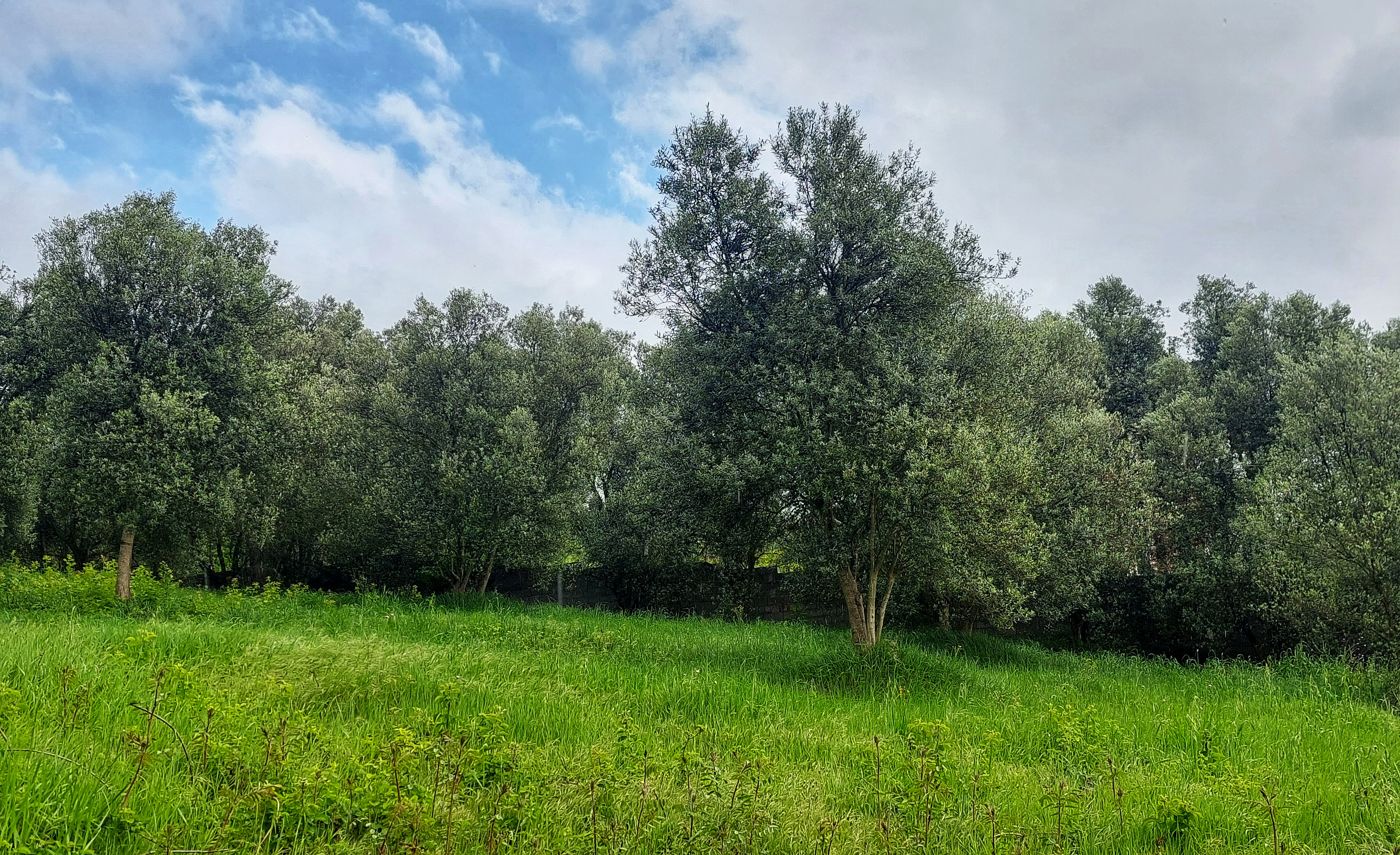
Olive Cultivation in Rudbar, Iran; Cradle of Persian Olive Excellence
..
-
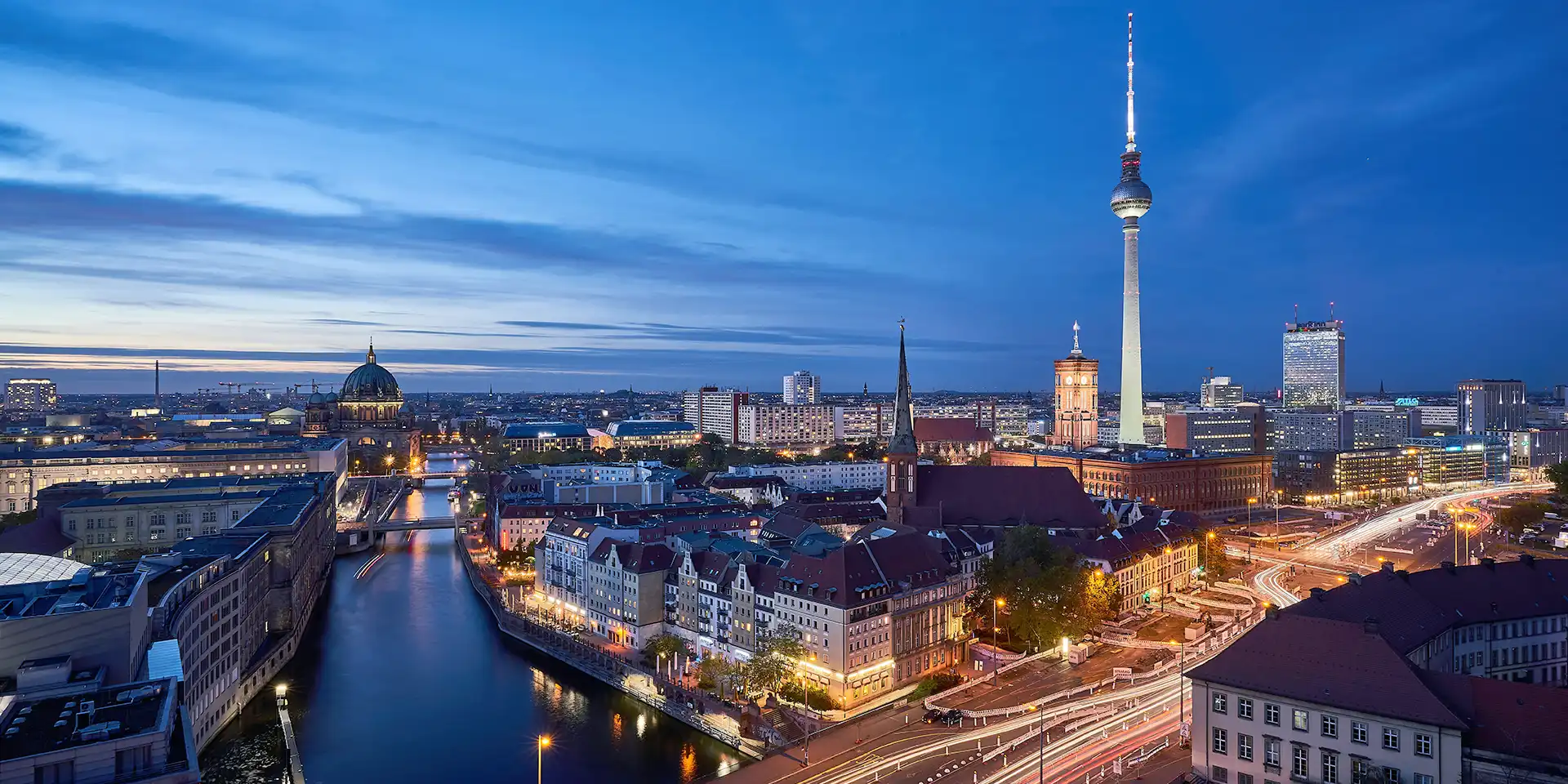
Iranian Pistachios in the German Market: A Deep Dive into Trends, Consumer Behavior, and Wholesale Pricing
..
-
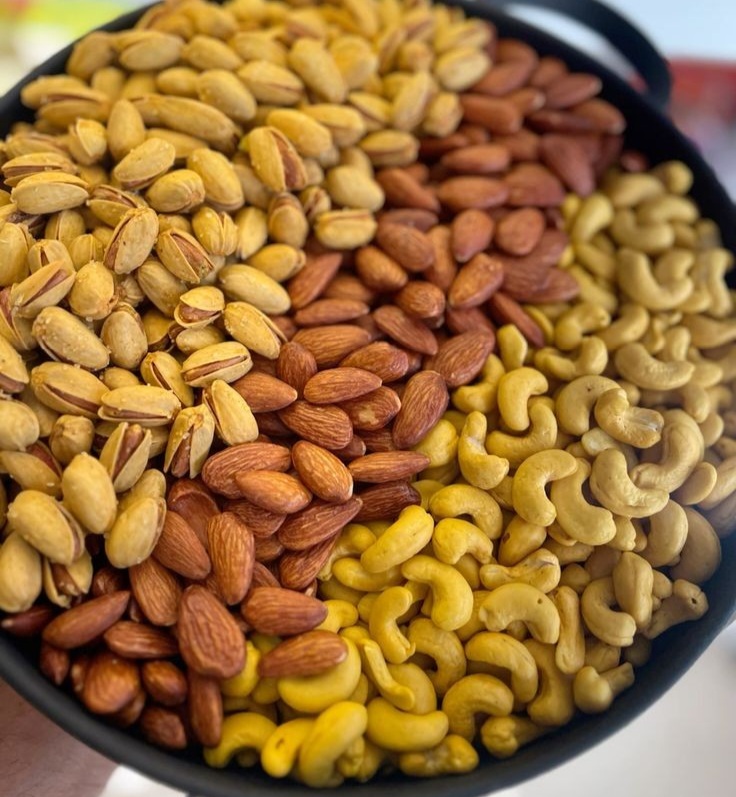
Comparison: Pistachios vs Other Nuts (Almonds, Cashews, Walnuts)
..
-
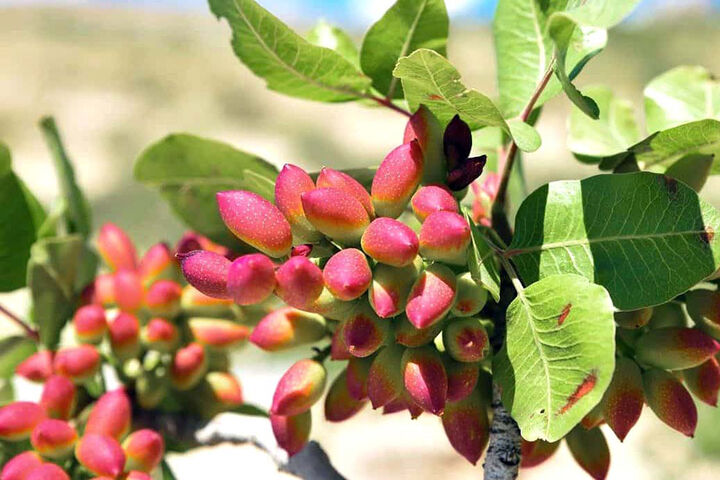
Pistachio Cultivation in Damghan: The Sweet Heart of Iranian Pistachios
..

Tags
Comprehensive Guide to the CIF Price and Market Trends of Iranian Super Negin Saffron in Germany (2025)
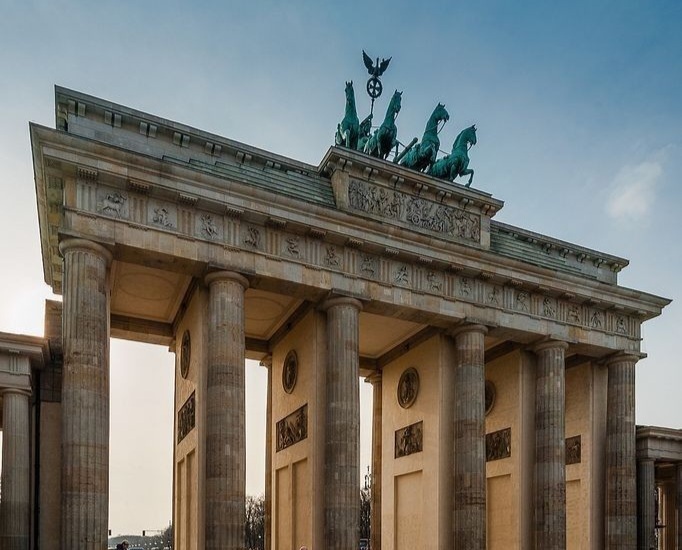
Iranian saffron, particularly the Super Negin grade, holds a dominant reputation in the global spice market for its unrivaled aroma, vivid coloring power, and rich flavor profile. As of 2025, Germany continues to serve as a high-demand European destination for this “red gold,” importing significant quantities for both the culinary and pharmaceutical industries.
Understanding Super Negin Saffron
The Super Negin variety is the highest grade of saffron available. It comprises only the deep red stigma tips, which are hand-harvested and delicately dried. Compared to other types (such as Pushal or Sargol), Super Negin has higher crocin (color), safranal (aroma), and picrocrocin (taste) levels, making it extremely valuable in international markets.
CIF Pricing of Iranian Super Negin Saffron in Germany (2025)
The CIF (Cost, Insurance, Freight) price of saffron represents the total cost of delivering saffron from Iran to a German port, including international transport and insurance. Here’s a breakdown of current market figures:
Commercial Grade: Bulk (500gr - 1kg Packs), MOQ: 10kg, CIF Price: 2750$ - 3000$/kg
Premium Super Negin Saffron: Vacuum Sealed, Export Quality, MOQ: 10 - 25kg, CIF Price: 2800$ - 3100$/kg
Ultra Premium: Retail Packs, High-End Branding, MOQ: +10kg, CIF Price: 3400$ - 4200$/kg
These prices vary based on the time of year, harvest yields, and global demand fluctuations.
Why Germany?
Germany is one of the largest European economies and a center for food innovation, pharmaceuticals, and cosmetics — all industries with growing saffron use. Key reasons for Germany’s importance in the saffron trade:
• High Purchasing Power: German buyers are willing to pay premium prices for traceable, high-quality saffron.
• Strict Food Regulations: Exporters who meet EU standards (ISO 3632 testing, organic certifications) can command higher prices.
• Demand Across Sectors: Used not only in gourmet cooking, but also in herbal medicine, nutraceuticals, and perfumes.
Market Trends and Buyer Preferences
1. Growing Demand for Organic and Traceable Saffron
Consumers are increasingly prioritizing origin, sustainability, and farming ethics. Brands that provide detailed supply chain documentation (from farm to fork) are more attractive to importers.
2. Retail Packaging Innovation
While bulk sales are popular among wholesalers and restaurants, there’s rising interest in:
• 0.5g – 1g luxury glass jars
• Branded eco-friendly pouches
• QR code traceability systems
3. Digital Channels and B2B Marketplaces
Platforms like Amazon Germany, Alibaba, and local B2B distributors have opened doors for Iranian exporters to reach boutique spice retailers, food start-ups, and online grocers.
Challenges in Entering the German Saffron Market
Despite the opportunities, exporters must be prepared for:
• Regulatory Compliance: Meeting European standards regarding aflatoxins, heavy metals, and microbial limits is mandatory.
• Customs and Documentation: Incorrect or incomplete customs paperwork can lead to delays or returns.
• Brand Trust: German buyers expect consistent quality. A single shipment with quality issues can damage reputation.
Strategies for Iranian Exporters
1. Invest in ISO Certifications and Lab Testing
Provide buyers with ISO 3632 results, pesticide residue reports, and certificates of origin.
2. Build a Local Network
Partner with local food distributors in cities like Hamburg, Frankfurt, or Munich to increase reach.
3. Attend European Food Trade Shows
Participate in events like ANUGA, BioFach, or SIAL to meet buyers and display saffron quality directly.
4. Offer CIF and DDP (Delivered Duty Paid) Options
Many German buyers prefer CIF or even DDP terms to avoid dealing with customs directly.
5. Create a Story Around the Product
Highlight traditional farming methods, the region of origin (e.g., Khorasan or Qaen), and family-run farms. German consumers love artisanal, authentic stories.
Conclusion
The demand for Iranian Super Negin saffron in Germany shows no sign of slowing down. While the market is competitive and regulated, exporters who focus on quality, branding, compliance, and relationship-building can secure a strong and sustainable foothold. By mastering logistics, understanding buyer preferences, and continuously improving quality, you can position your business as a trusted supplier in the European saffron trade.



